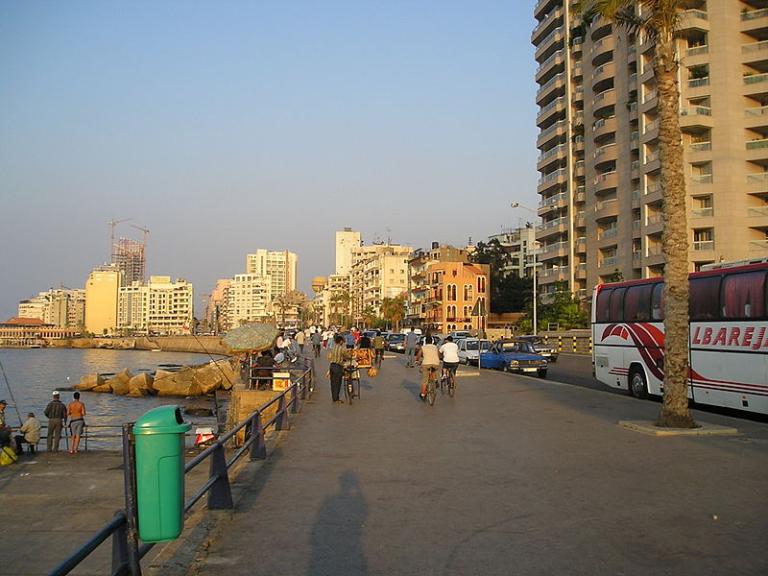
The tale goes on:
One quite unintended consequence of the Israeli invasion of Lebanon was the energizing of the largest of the country’s ethnic factions, the Shiites, who had been relatively docile. The way in which this was done is a tribute to the awesome power of ignorance and misunderstanding. (Another factor, of course, was the emergence of a militant Shiite state in Iran, under the leadership of the Ayatollah Khomeini. Many Lebanese Shiite religious leaders had been trained in Iran, and the rise of the Islamic Republic gave them a new pride, a new fire.) It will be recalled that the PLO had set itself up in South Lebanon for the purpose of raiding into Israel and had turned itself into a kind of quasi-state. The Palestinians had turned the south into a battleground in which the Shiites often took most of the casualties, and they were prone to liberate any item—up to and including homes and cars—that took their revolutionary fancy. Many of the Shiites fled into the cities, most notably into Beirut, where they continued to serve as the menials of the upper classes (if they found work in the first place) and where they did not share at all in the Levantine high life of sophisticated Lebanon. It is not surprising, then, that the first reaction of the Shiites in the south was to welcome the Israeli invaders as liberators from PLO oppression.
But the Shiites had not expected the Israelis to stay forever, and they were not pleased when the Israelis turned to Lebanese Christian militiamen to help them rule the area. Furthermore, the Israelis, many of whom have not the slightest personal religious experience,[1] were grotesquely insensitive to Shiite religious feelings. (There are virtually no Shiite Muslims in Israel.) Stories are told by various authors of Israeli desecrations of mosques and of the Qur’an, done ham-handedly in the course of routine searches. The most spectacular instance of this occurred on 16 October 1983, in the town of Nabatiyya, when an Israeli military convoy decided to drive through a crowd of between 50,000 and 60,000 Shiites who were celebrating the most important of their holidays, Ashura, which commemorates the martyrdom of Husayn, the Prophet’s grandson, at the hands of the unjust Umayyad tyranny. This is a holy day, a day during which the worshipers work themselves up to an emotional pitch and even go so far as to bloody themselves with whips. When the Israeli convoy ran into difficulty getting through the crowd, it began to honk horns and demand that people clear out of the way.
“It was the equivalent,” says Thomas Friedman, “of someone turning on a ghetto blaster in a synagogue on Yom Kippur, the Jewish Day of Atonement.”[2] The crowd began to throw rocks and bottles, and in the ensuing chaos some of the Israeli vehicles were overturned. The Israelis panicked and opened fire on the worshipers.
This incident brought the sleeping Shiite population to life. They began to fight against the Israelis with sniper ambushes, bombs packed with nails, wandering donkeys set to explode, ambulances packed with dynamite. There were the suicide bombers, too. With a religious faith virtually based on the idea of martyrdom, they were willing, indeed almost happy, to die.[3] It is extremely difficult to defend oneself against such an opponent. Strict Israeli measures such as travel and trade restrictions, car searches, and checkpoints only managed to irritate the Shiites more.
[1] Friedman, From Beirut to Jerusalem, 475, tells an interesting anecdote to illustrate his claim that the majority of Israelis don’t even know what to do inside a synagogue. How, then, could they be expected to know much of mosque etiquette?
[2] Friedman, From Beirut to Jerusalem, 180.
[3] One of the most striking pieces of testimony about the suicide attack on the Marine barracks in Beirut, which occurred about a week after the incident in Nabatiyya, is that the driver of the bomb-laden truck smiled at the guard as he hurtled past to his death.
Posted from Paris, France










